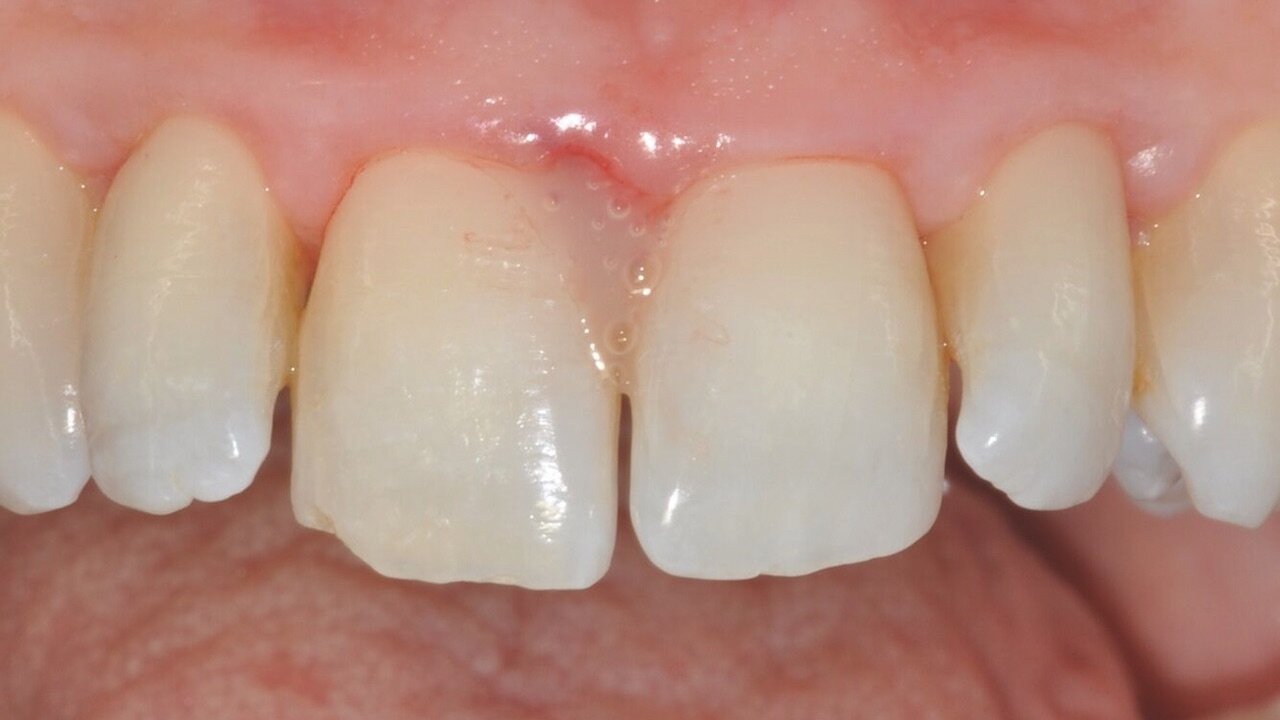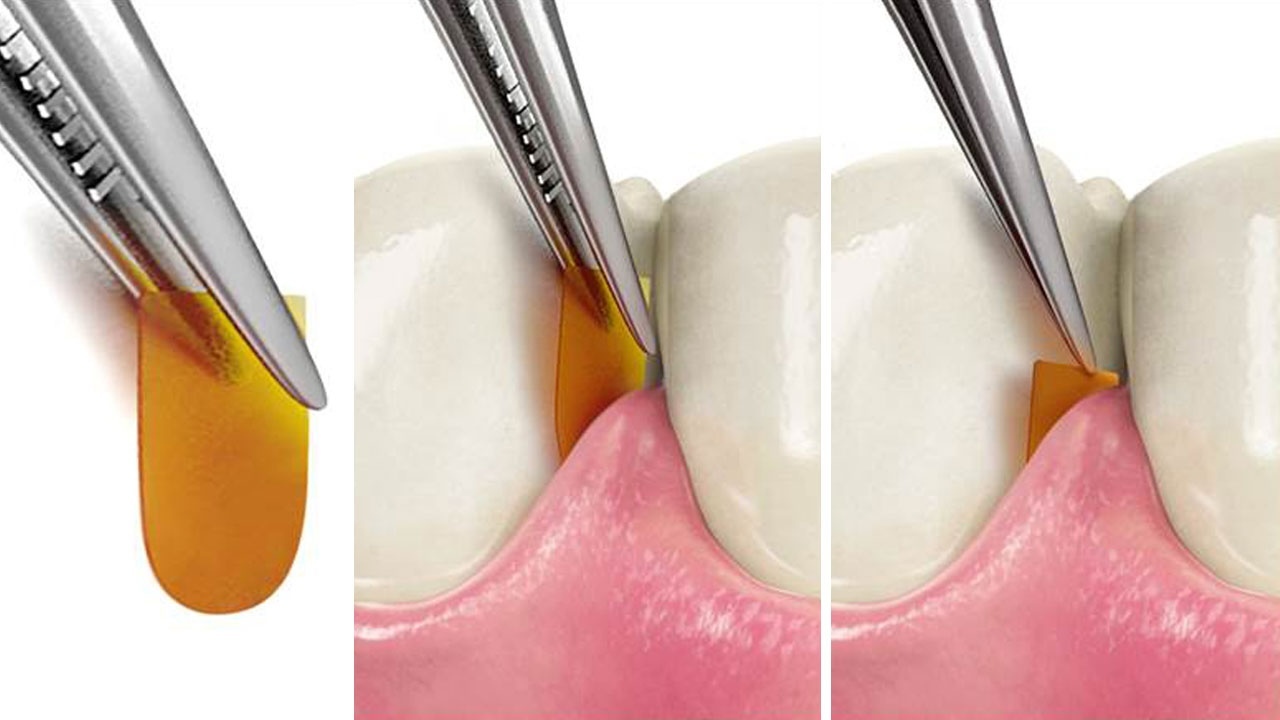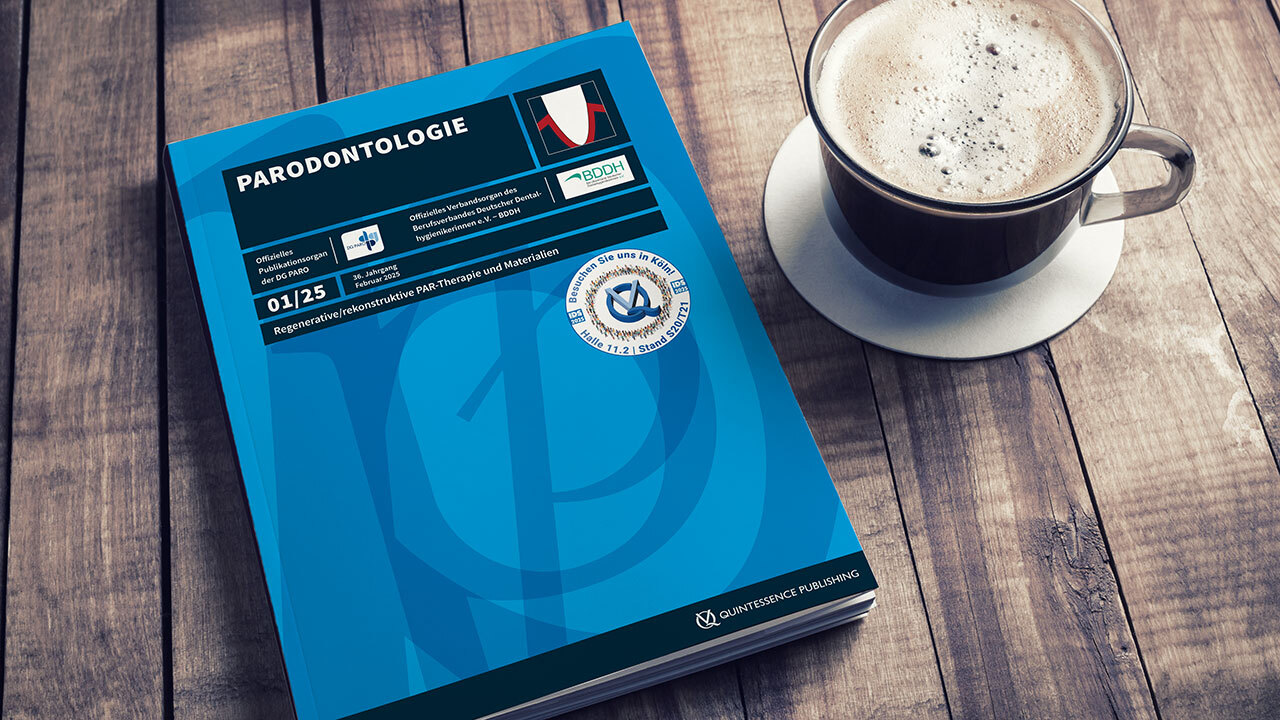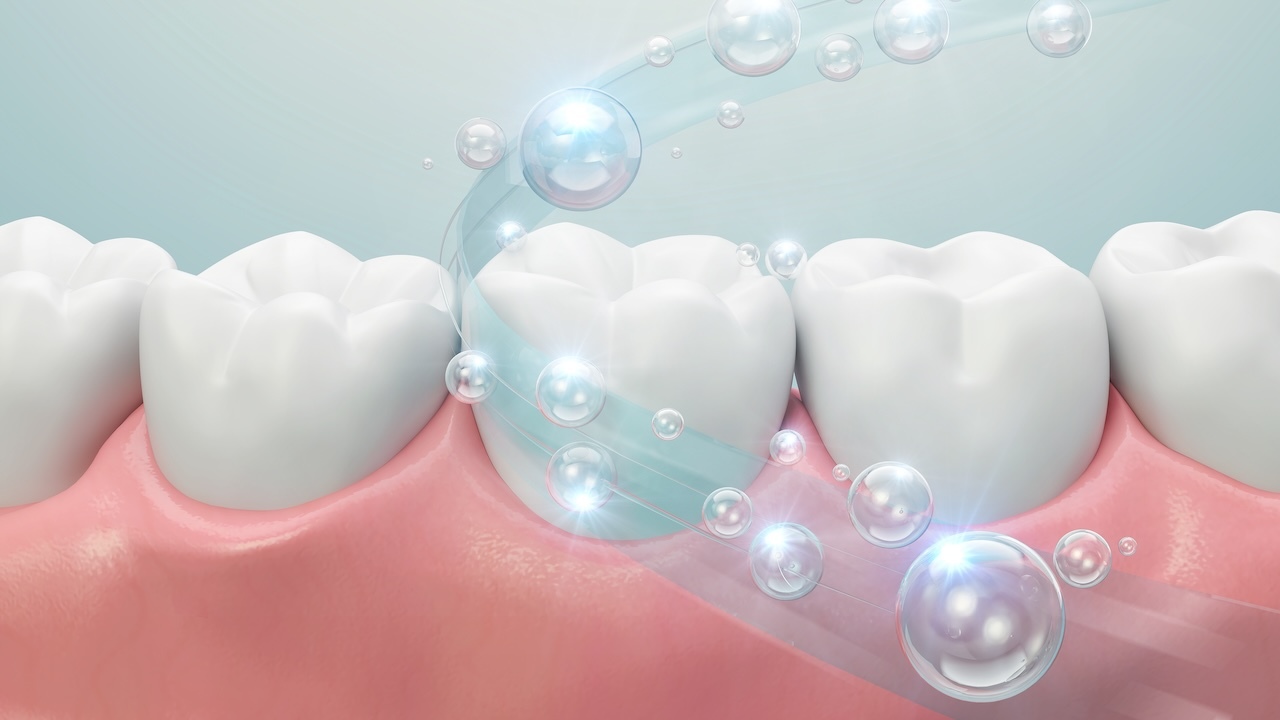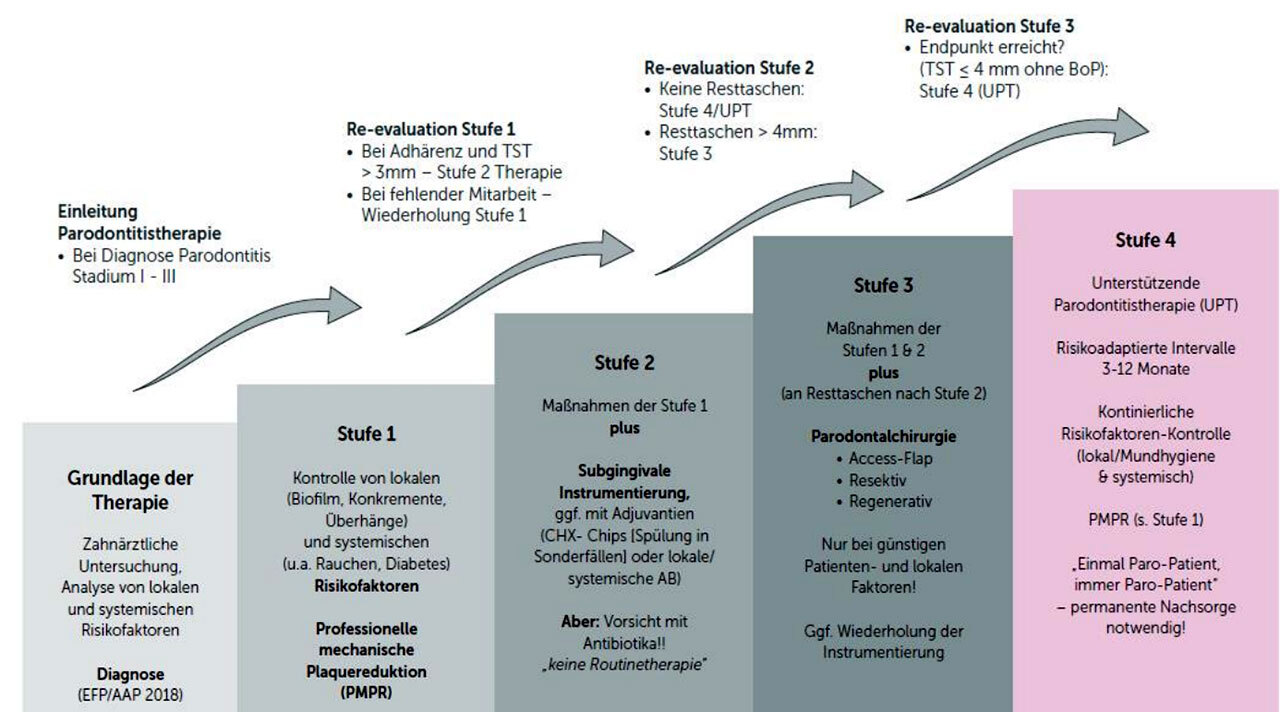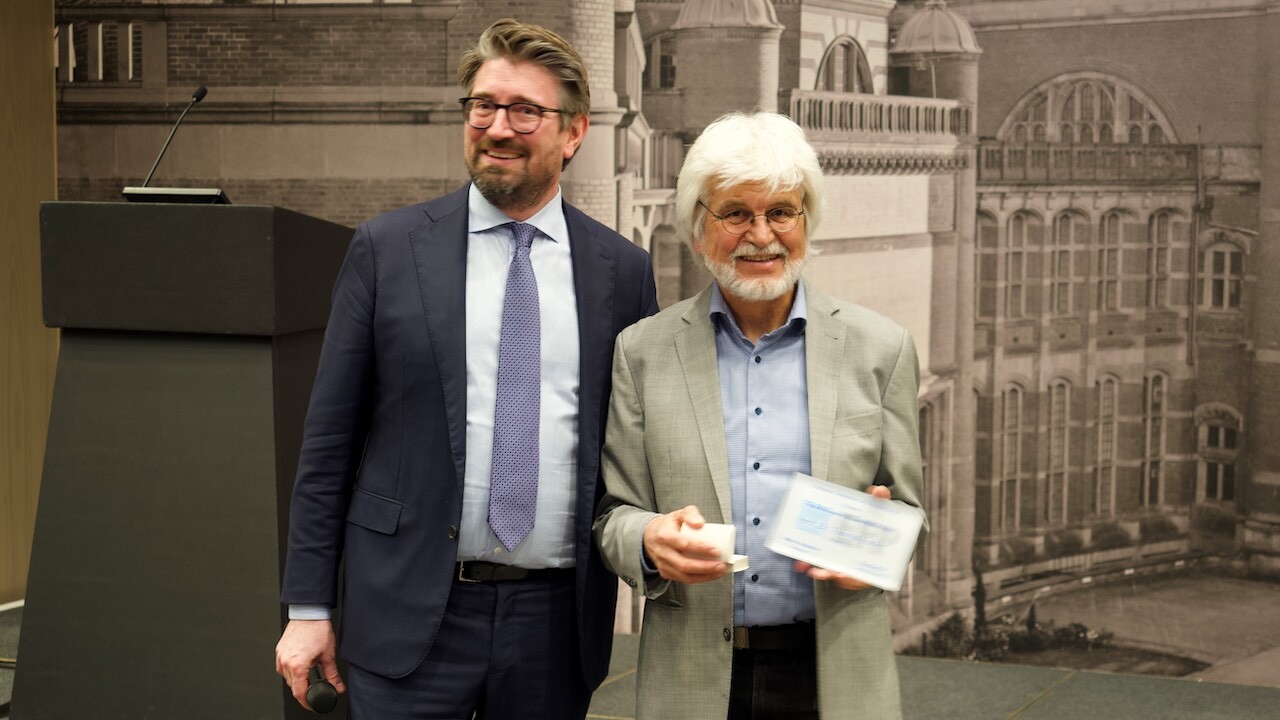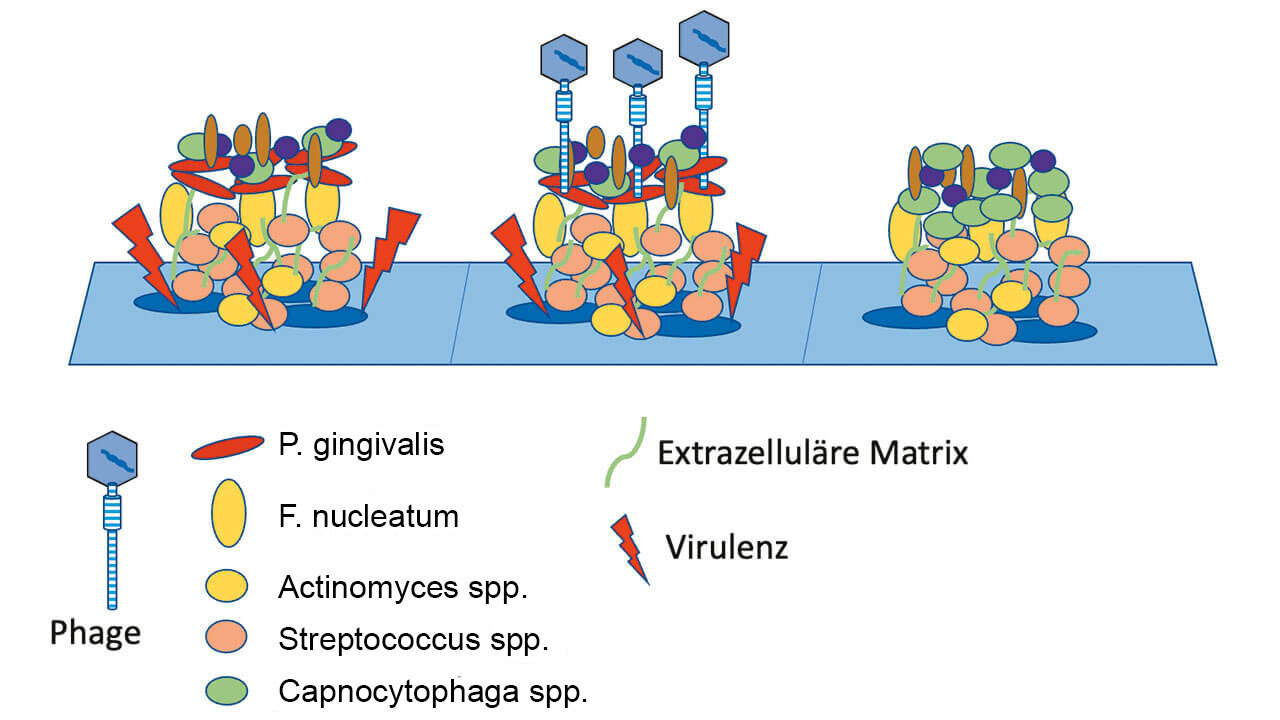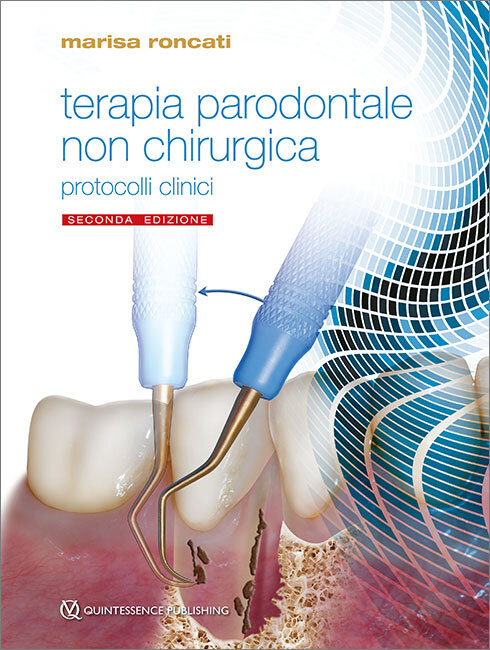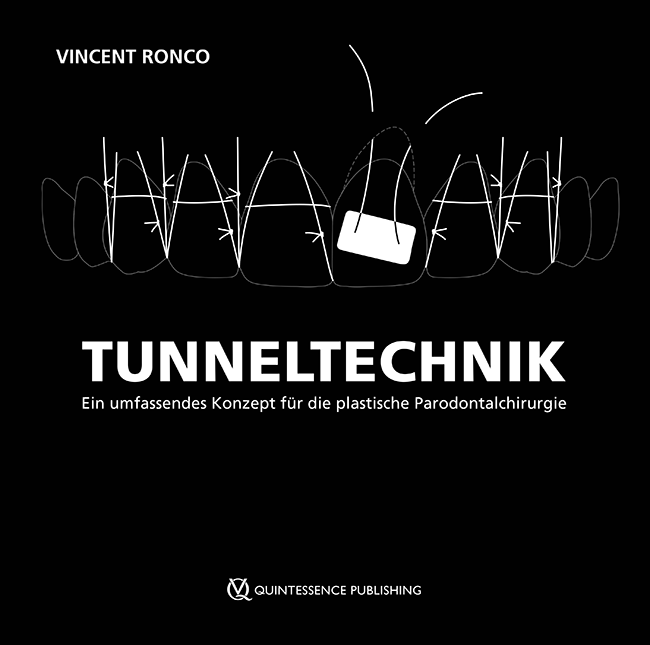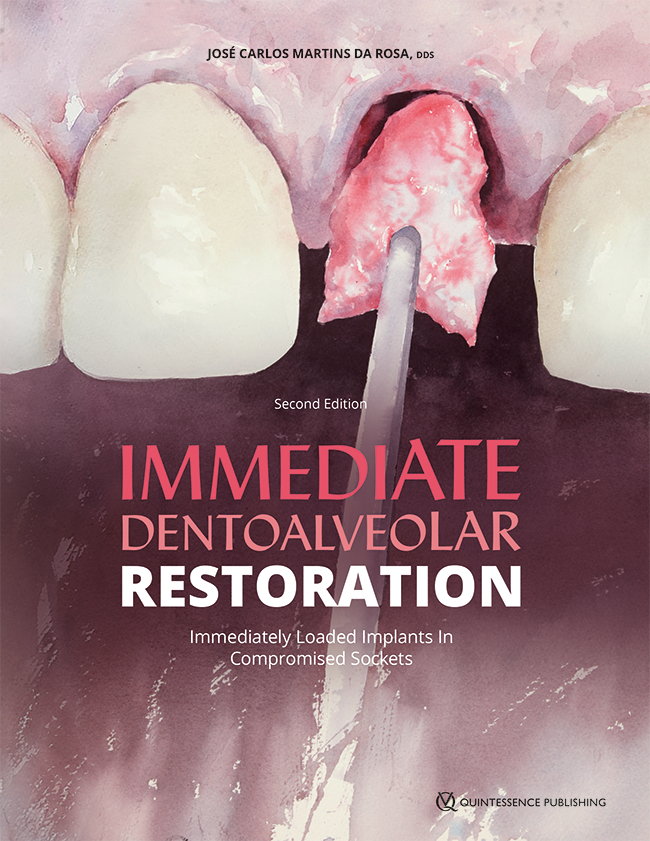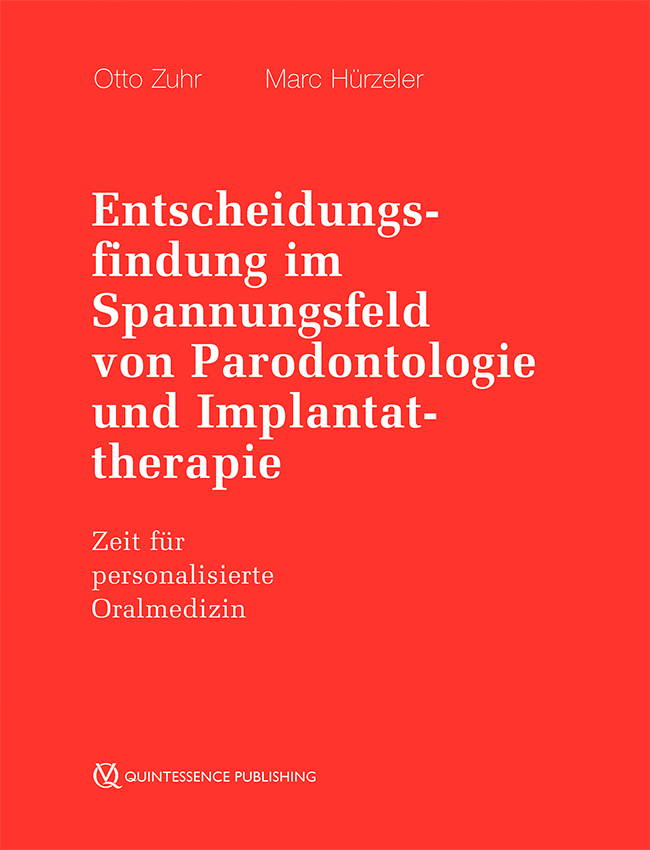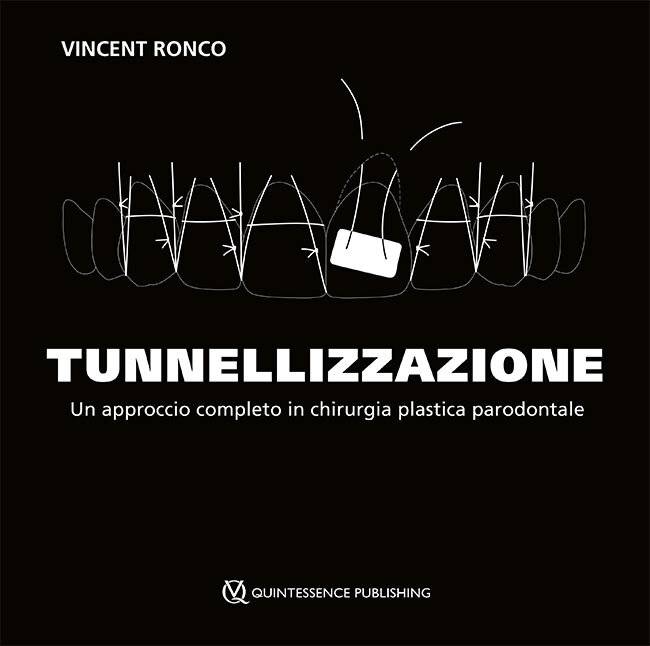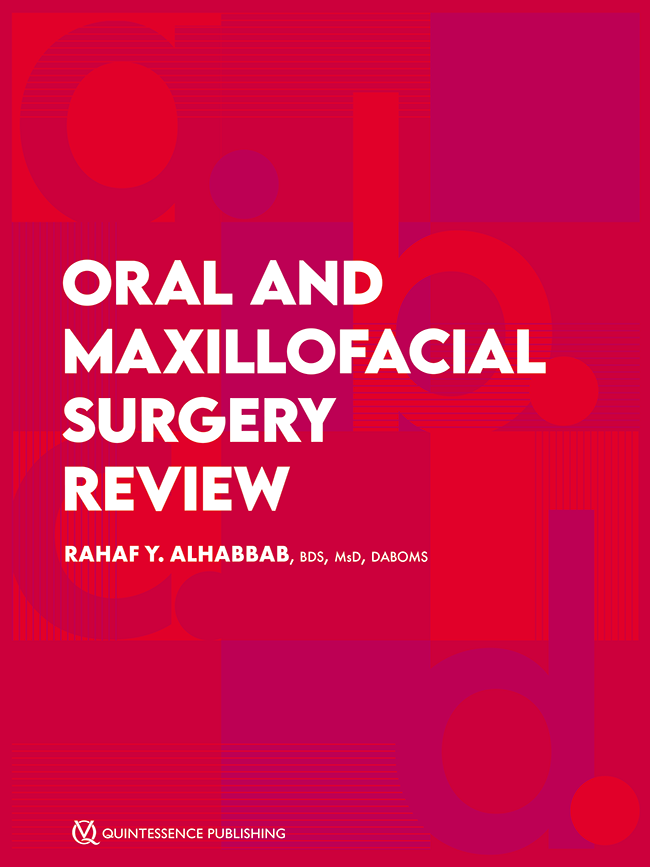Prof. Dr. Filippo Graziani, professor of periodontics at the University of Pisa, Italy, is a well-known and internationally renowned periodontist. Since March 2019, he is President of the European Federation of Periodontology (EFP). Graziani is also visiting professor at the University of Hong Kong and at University College London (UK).
His research interests include regenerative procedures in periodontology, including the use of enamel matrix proteins (enamel matrix derivative – EMD). In an interview with the dentist and journalist Dr. Aneta Pecanov-Schröder, he is talking about the development and the first study results on a new, minimally invasive therapy approach with enamel matrix proteins.
Prof. Graziani, you were involved in the development of Straumann Emdogain Flapless and conducted your own clinical study [1]. What was the aim of your study and how did you proceed?
Prof. Dr. Filippo Graziani: The application of Emdogain, which we have been using for more than 20 years in periodontal surgery, is now possible also in a non-surgical environment. The aim of our study was to compare the clinical results after closed periodontal treatment (SRP, scaling and root planning) with and without the use of the enamel matrix derivative (EMD).
We randomly divided a cohorte of 38 patients with periodontal pockets (PPD, probing pocket depth) ≥ 6 millimeters into two groups; one group received SRP, the other SRP plus EMD. Periodontal parameters were recorded at baseline and after three months, serum samples were collected at baseline, day 1 and day 90 after treatment. We choose such depth of pockets to identify the sites that might need surgery.
What were the results?
Graziani: Both treatments triggered an acute inflammation on the first day, which returned to its initial values after three months. The D-dimer and cystatin C levels of the „SRP + EMD“ group showed no strong increase 24 hours after treatment compared to the SRP group. A significant difference between the groups was observed for D-dimer proteins (p < 0.001), a biomarker for fibrinolysis, showing what we believe is a higher blood clot stability.
Interestingly, EMD FL was also associated with better periodontal healing, as was demonstrated by increased PPD reduction and a higher number of cases (30 percent more) without residual periodontal pockets ≥ 6 millimeters after three months, thus requiring less surgical intervention.
Do patients and practitioners benefit from Emdogain FL? What conclusions do you draw from the examination results?
Graziani: Both the local and systemic results suggest that the use of Emdogain FL without flap formation leads to less fibrinolysis and better periodontal healing of deep pockets.
I strongly believe that in principle, the reduction of the need for surgery is one of the aims of modern periodontology. Nobody wants to be operated! These results are promising and I am looking forward to see the results of our next studies.
Literature
[1] Graziani F, Gennai S, Petrini M, Bettini L, Tonetti M: Enamel matrix derivative stabilizes blood clot and improves clinical healing in deep pockets after flapless periodontal therapy: A Randomized Clinical Trial. J Clin Periodontol. 2019 Feb;46(2):231-240. doi: 10.1111/jcpe.13074.



